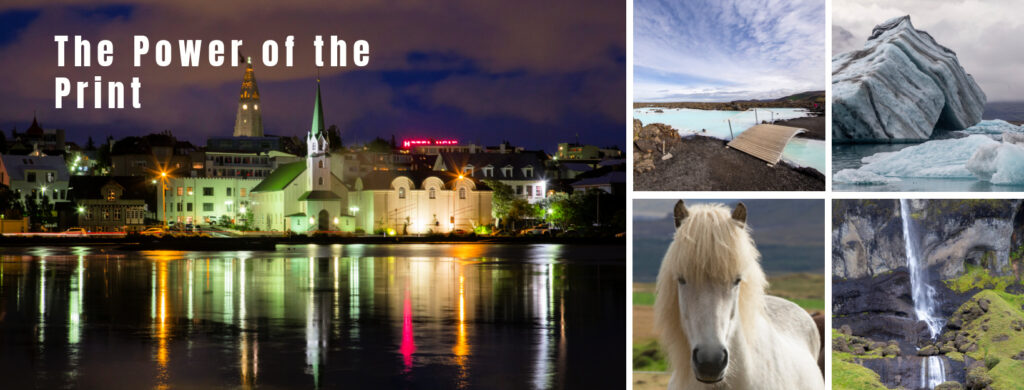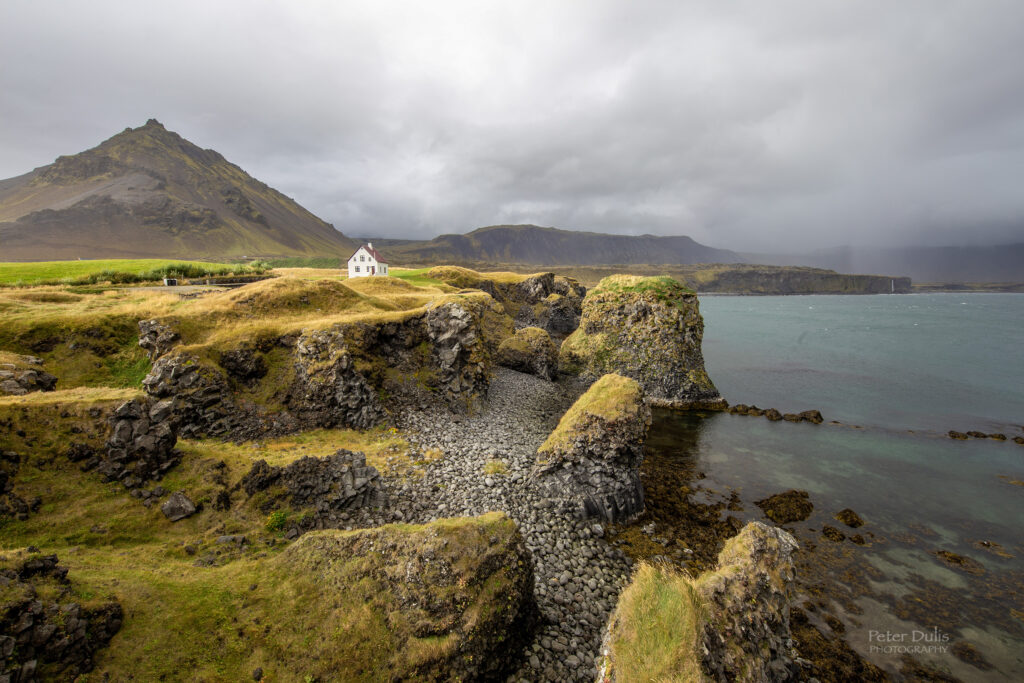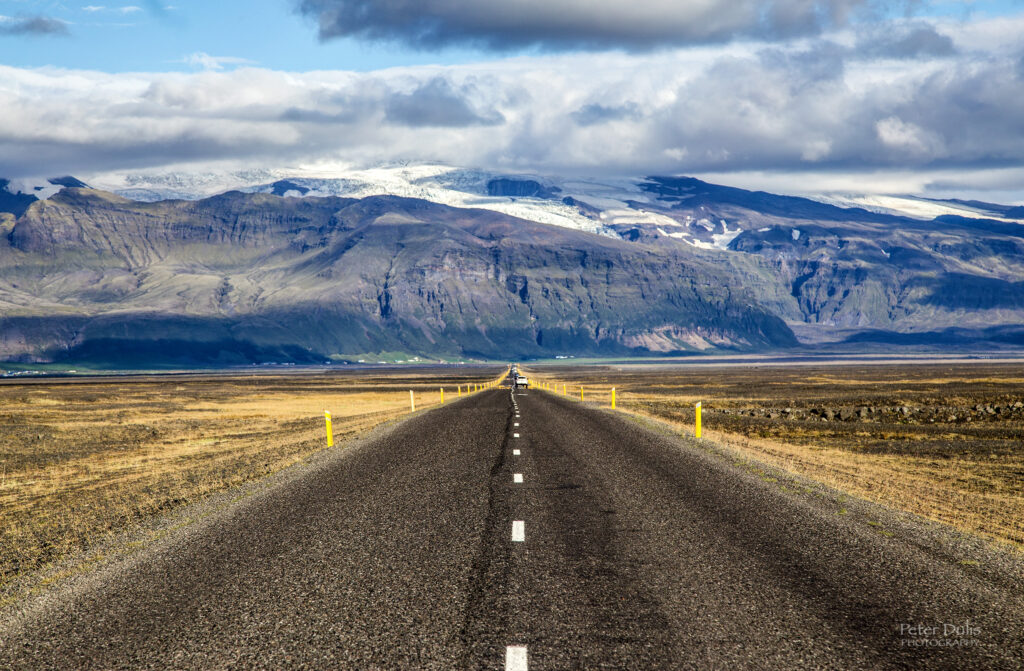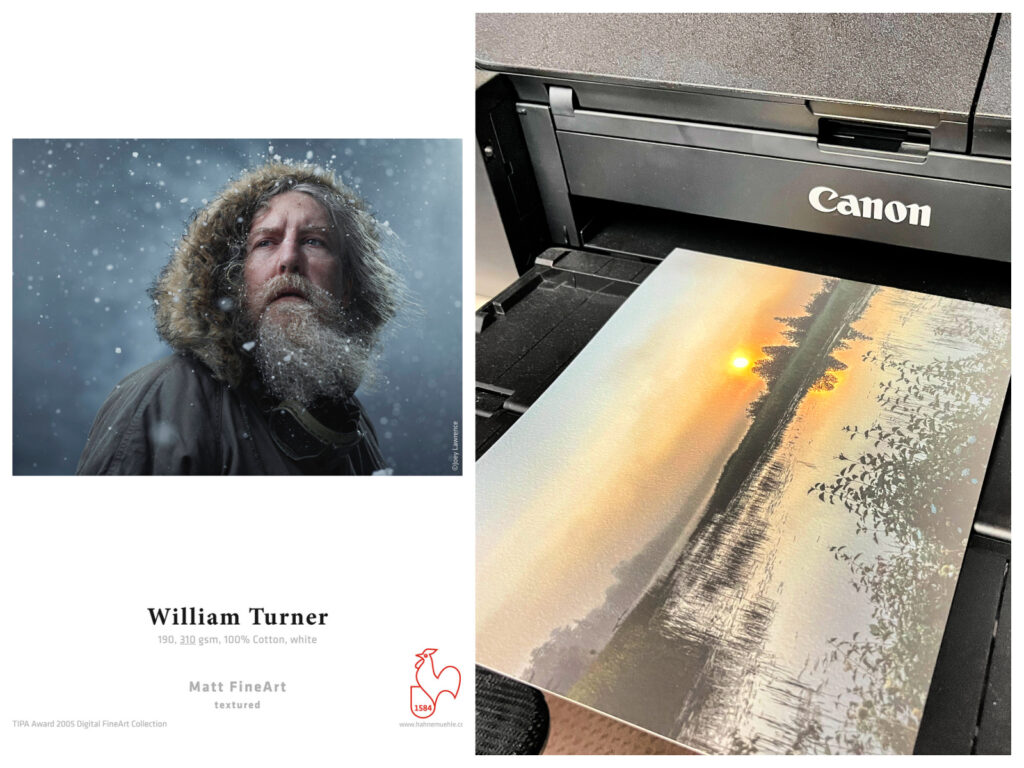
The digital age has transformed every facet of our lives, including photography. Benedict Evans estimates that this year alone, more photographs will be taken than in the entire history of film photography. However, many of these images will remain confined to computer screens. Several years ago, Epson’s “Print Your Legacy” campaign highlighted the significance of printed photos, emphasizing their role as lasting, tangible memories that endure beyond the digital realm.
As a presenter for Hahnemühle papers at various photo exhibitions, I’ve had the opportunity to speak with many attendees who initially admired my images on computer screens. However, they were truly amazed when they were able to hold the printed photos in their hands. The physical experience of holding the print allowed them to connect with the image on a much deeper level.
Printing your photography offers a range of benefits that extend beyond the digital realm. Here are some key advantages:

11-24mm lens; 1/50 sec.; f/11; ISO 100 ; AV mode
Tangible Connection:
A physical print allows for a more tactile and emotional connection to the image, creating a lasting impression that digital screens can’t fully replicate. There’s something uniquely powerful about holding a beautifully crafted photograph and feeling its texture. This tactile experience creates a physical connection with the image, which fosters a deeper emotional bond and makes the photograph more memorable.

24-105mm lens; 1/1000 sec.; f/8; ISO 200 ; AV mode
Archival Value:
Printed photos can serve as physical archives of moments and memories, preserving them for ages. Printed photos, especially when done on high-quality materials, can last for generations. They are less susceptible to technological obsolescence compared to digital files that might become inaccessible over time.

11-24mm lens; 1/250 sec.; f/11; ISO 100 ; AV mode
Artistic Presentation:
Prints provide a way to showcase your work in a form that emphasizes its artistic quality. Framing and displaying prints can enhance the visual impact and give the work a sense of permanence and value.

70-200mm lens; 1/40 sec.; f/11; ISO 200 ; AV mode
Enhanced Detail:
High-quality prints can capture and reveal intricate details and textures that might be lost or diminished on digital screens, especially when viewed in large formats. The process of printing encourages exploration of different papers, sizes, and finishes, allowing photographers to experiment with how their work is best represented.

24-105mm lens; 1/60 sec.; f/8; ISO 400 ; AV mode
Personal Enjoyment:
There’s a unique satisfaction and pleasure in holding and viewing a physical print, making it a rewarding experience for both the creator and the viewer. A printed photograph can be displayed in homes, galleries, or exhibitions, allowing it to be enjoyed by others in a tangible way. It also facilitates meaningful interactions and conversations around the work.
Overall, printing your photography can elevate your work, preserve memories, and create meaningful experiences for both you and your audience.

The Finishing Touch
For this “Power of Print” Iceland photo collection, I decided to use the Hahnemühle Sugar Cane paper, a warm-toned paper that does not contain optical brighteners, and features a unique, clearly defined felt structure and tactile feel. This premium matt inkjet coating delivers excellent print results with defined reproduction of colour and detail, particularly for warm hues and monochrome prints. I just love it – why not give it a try!
Happy Shooting & Printing!
ABOUT THE AUTHOR
Peter Dulis is a Canadian photographer and visual storyteller living in Toronto, Ontario. His work has been published in several magazines such as Graphic Arts Magazine, Visual Wilderness, Luminous Landscape, Photo News and has been recognized for photography excellence. Peter offers photo workshops in southern Ontario and can be reached at info@photographyAdventures.ca
Peter shares many of his tips and techniques in his monthly newsletter – www.PhotographyAdventures.ca

1 thought on “The Power of the Print”
Fantastic scenery. Thanks for the lessons.